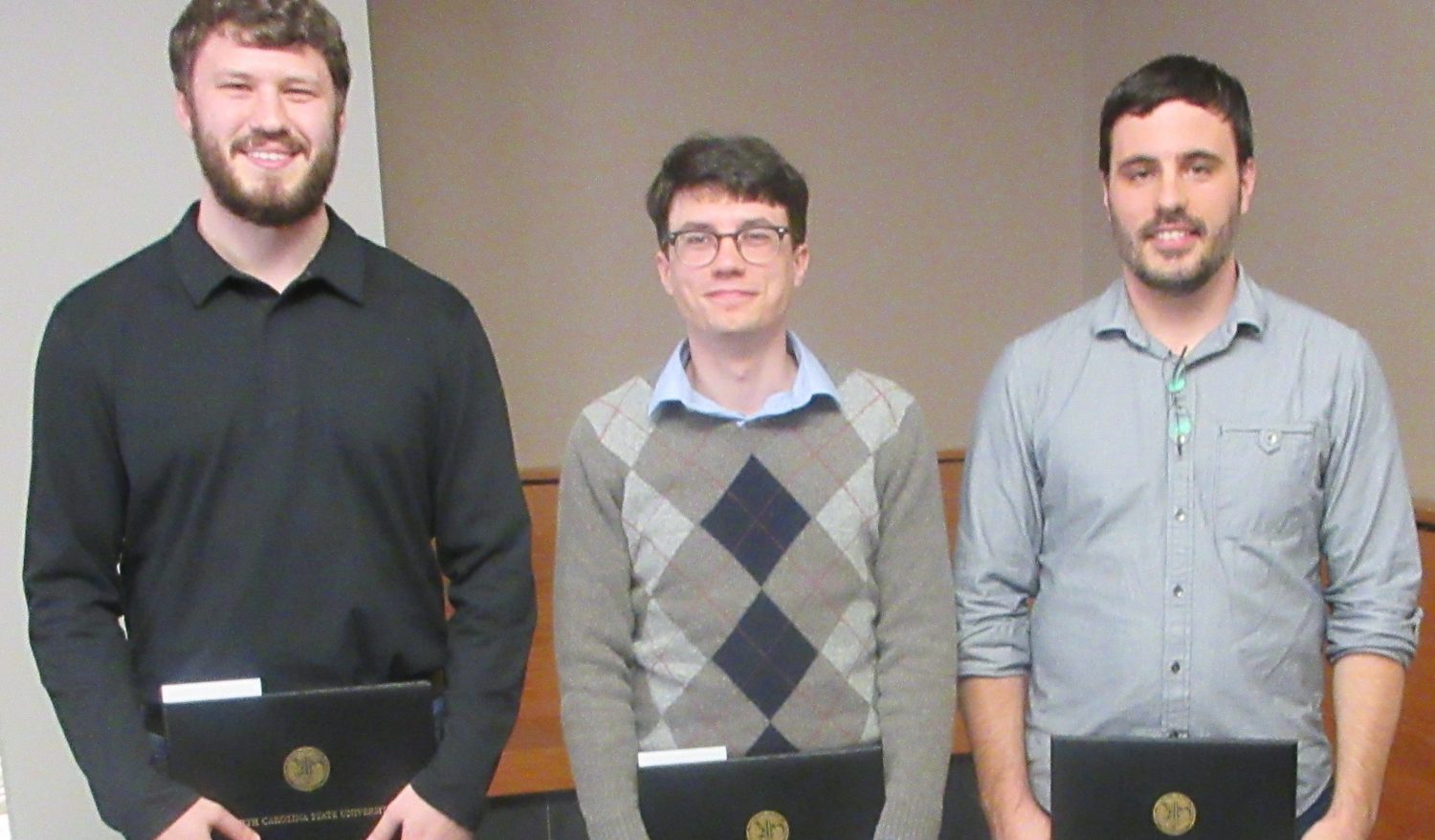Work in Progress: Comstock on Far-Persons

In the following article, Gary Comstock, Professor of Philosophy, discusses his ongoing work on a book called “Far-Persons: On the Argument from Species-Overlap.”
I’m interested in the minds of nonhuman animals. I got interested in this topic after reading the work of our late colleague, Tom Regan. I’d just completed editing a book on ethics and family farms and someone asked me, “What would a morally perfect farm look like? And what role would animals play on them?” I had no answer, and I turned to Tom’s book, The Case for Animal Rights.
Tom’s argument that all animals who are “subjects of a life” have moral rights to life and liberty got me to wondering what it takes to be a subject of a life. What, if anything, can cows and pigs think about? Do they have emotions, memories, and plans for the future? Do they travel mentally in time—into their pasts, or into their futures? For reasons related to Tom’s arguments, I’m interested in these kinds of questions because they bear on the ethical question, How should we treat such animals?
The story is told about a successful horse trainer who had a golden touch when it came to handling animals. When asked to reveal his secret, he replied, “Every horse is different.” Every animal may be different, but there’s probably truth to the idea, too, that different species fall into different groups. Horses, pigs, and cows are almost certainly more intelligent than oysters and clams. What kind of moral categories do animals fall into?
Gary Varner helpfully suggests three categories. First, there are persons, like you and me, with our autobiographical sense of a self. Second, there are near-persons, animals with a robust autonoetic consciousness. These animals, which include the Great Apes, elephants, and porpoises, have an active working memory of the recent past and the immediate future but they lack our biographical sense of self. Third, there are the merely sentient, those molluscs and so-called “lower animals” who live “entirely in the present.”
I think Varner is on the right track but that he overlooks the possibility of a fourth group. Far-persons fill the space between the merely sentient and near-persons. These are our cows and pigs, our dogs and cats. Unlike persons, they do not have a biographical sense of self. Unlike near-persons, they have only a weak autonoetic consciousness. And, unlike the merely sentient, they are able to travel mentally through time a short temporal distance. Far-persons are conscious of and exercise control over short-term cognitive states, states limited by their temporal duration. Far-persons consciously choose among various strategies available to them to achieve their ends, but their ends expire minute-by-minute, not stretching beyond, I say metaphorically, the present hour.
I argue that some animals are far-persons and, somewhat controversially, that some humans are far-persons. To the extent that human far-persons have basic rights to life and liberty, so, I conclude, must nonhuman far-persons. My book tries to explain what this claim means, defends it from objections, and explores some of its practical implications.
- Categories:


